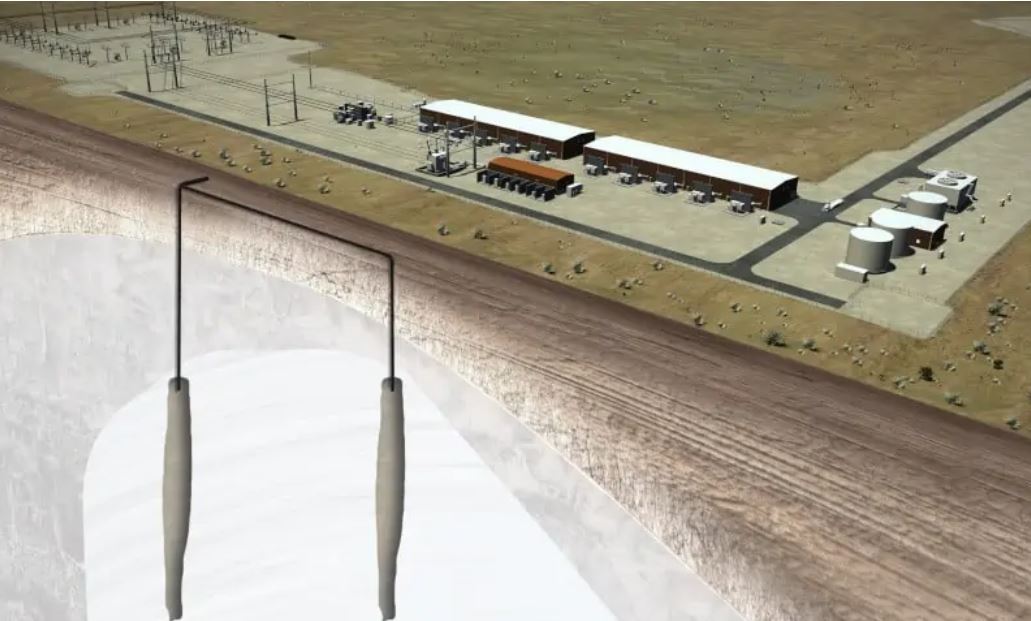Aces Delta, a joint venture between Mitsubishi Power Americas and Magnum Development LLC, plans to build an underground storage project with a capacity of 300 GWh in Delta, Utah.
Advanced Clean Energy Storage I, LLC recently won a $504.4 million loan guarantee from US Department of Energy’s (DOE) Loan Programs Office for the construction of the storage facility. The project will store hydrogen generated by the Intermountain Power Agency’s IPP Renewed Project – an 840 MW hydrogen-capable gas turbine combined cycle power plant located in the area.
“The plant will initially run on a blend of 30% green hydrogen and 70% natural gas starting in 2025 and incrementally expand to 100% green hydrogen by 2045,” Aces Delta said in a statement.
US-based contractor WSP USA has secured an engineering, procurement and construction management contract (EPCM) to build the two underground hydrogen storage caverns, each with a capacity of 150 GWh.
“This stored green hydrogen becomes an energy reserve that can be released to produce fuel for electric power generation at any time,” said WSP USA.
The storage caverns and the power plant will form the Advanced Clean Energy Storage hub, which Aces Delta says will convert renewable energy via 220 MW of electrolyzers to produce up to 100 metric tons of green hydrogen per day. The development of the project began in May 2019.
“Central Utah is the ideal location for this project, and Utah is a business-friendly state for projects like this,” said Craig Broussard, CEO of Magnum. “Magnum’s site adjacent to the Intermountain Power Project is positioned to take full advantage of existing regional electricity grid connections, fully developed transportation infrastructure, ample solar and wind development capacity, a skilled workforce currently transitioning away from coal, and, of course, the unique salt dome opportunity.”
Magnum Development also owns a domal-quality salt formation in the western United States and five operational salt caverns for liquid fuel storage.
This content is protected by copyright and may not be reused. If you want to cooperate with us and would like to reuse some of our content, please contact: editors@pv-magazine.com.




So burn mostly natural gas to make green hydrogen to store, to later burn, again in a mixture that’s mostly natural gas, to make a lot less electricity then you started with.
??!? This sounds like giving a natural gas plant something “green” to do. Instead, make green hydrogen with cheaper solar energy, and use it to decarbonize industrial processes like steel making. Use the salt caverns to store hydrogen when renewable electricity is cheap.
Not sure it says that.
After I read the story I understood it to mean that when there’s extra renewable energy they’ll make green hydrogen via electrolysis and store it.
Then when there is demand for electricity, say at night or when the wind’s not blowing, they’ll use a combination of natural gas and Green Hydrogen to produce power and heat (combined cycle), ramping up the percentage of Hydrogen used over time.
Operational salt caves, I don’t even know. Ones that hold dihydrogen well, go for it. Make that green energy to forward, Utah. Note to self, hydrogen cryostorage and transfer tech to be explosion proof.